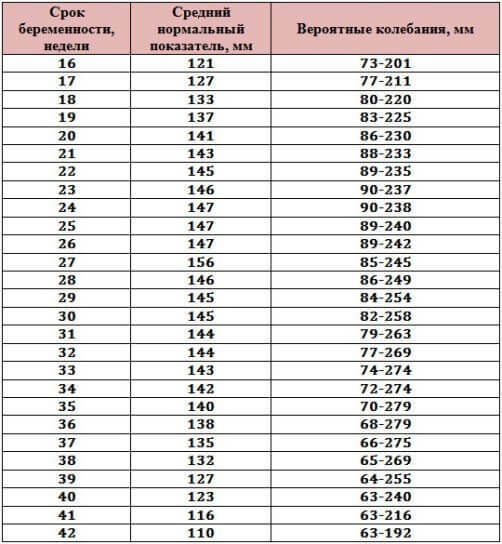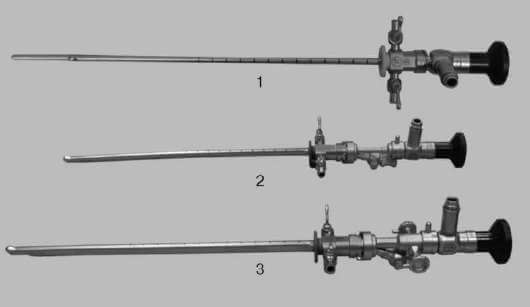How correctly to collect urine for tests?
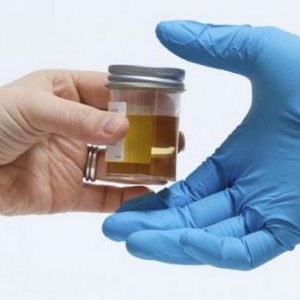 Urinalysis is an accessible and informative diagnostic method.The study of the characteristics of urine gives the doctor clear ideas about the state of the urinary organs.In addition, the results of this study reflect changes in the body that occur with any other physical illnesses.
Urinalysis is an accessible and informative diagnostic method.The study of the characteristics of urine gives the doctor clear ideas about the state of the urinary organs.In addition, the results of this study reflect changes in the body that occur with any other physical illnesses.
Kinds of urinalysis
If a doctor suspects a different pathology, a doctor will prescribe certain urine tests. The most common of these are:
-
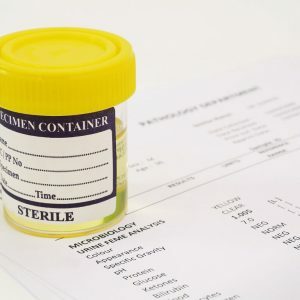 General analysis of urine;
General analysis of urine; - Analysis of Nechiporenko;
- Analysis of Zimnitskiy;
- Test of Amburge;
- Addis-Kakowski sample;
- Two-glass, three-glassed sample;
- Collection of 24-hour urine;
- Urine bacteriology.
In general, the rules for preparing for fence analyzes are the same.But for some tests urine should be collected in a special way.
Collection of urine for general analysis
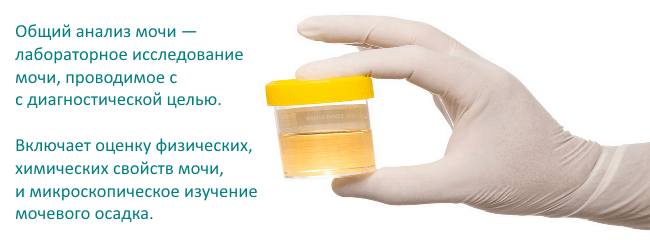
This analysis has been encountered by most people. It is carried out for the diagnosis of diseases of the organs of urination. In addition, when entering a hospital with physical pathology, each patient gives a general analysis of urine and blood.This is a necessary diagnostic minimum.
To get reliable results for the study, you need to prepare correctly.
- The first thing you need to do is wash yourself, then dry yourself with a clean towel.
- It is advisable to collect the morning urine.The first portion of urine is taken to the toilet, then the container is placed and filled with urine.Complete urination in the toilet.The required volume of urine for the diagnostic study is 80-100 ml.
- Earlier urine for analysis was collected in jars, bottles.Now it is enough to go to any pharmacy and buy a container.You need to sign the capacity by specifying your surname.
- Women should not take urine during menstruation, as this can distort results.But if it is necessary, before collecting urine a woman should use a tampon.
- On the eve of the urine test, you should not eat coloring products( for example, beets, carrots), and take diuretics.This can give untrue data.
- Deliver to the laboratory analysis in the next 1.5-2 hours.
Collection of urine for Nechiporenko analysis
This study is assigned if deviations were detected in the general analysis.Analysis of urine by Nechiporenko allows you to estimate the number of shaped elements and cylinders in it .Before collecting urine, hygienic procedures in the perineal region are mandatory. Collect a morning urine, with only an average portion of .That is, the first portion should be lowered, then substitute the pharmacy container, fill it, drain the rest of the urine into the toilet.For this study, it is enough to collect 25-30 ml of urine.
If a person needs to undergo a general analysis, and also a Nechiporenko study, it is recommended to collect urine for research on different days.This will help to avoid incorrect research results.
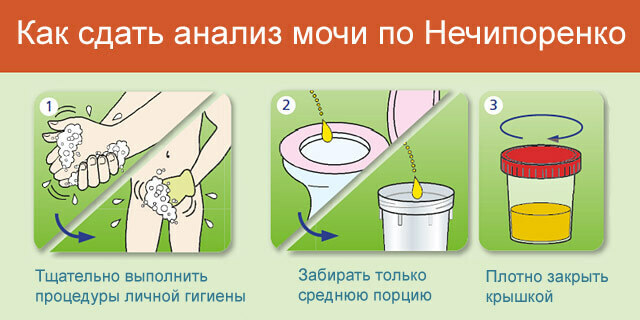
Collection of urine for analysis in Zimnitskiy
This study allows the doctor to assess how well the kidneys concentrate and dilute the urine of .During the study, the volume of diuresis and the relative density of urine in each sample collected are determined.
During urine collection, it is necessary to observe the habitual drinking regimen and not to consume liquid in excessive amounts. Do not use diuretics.Urine is collected per day.From the moment of awakening and until nine in the morning a person should urinate in the toilet, that is, the first morning urination is not taken into account.
It is necessary to prepare eight containers and sign them with an indication of the time period when urine is collected. Beginning at nine in the morning, eight servings of urine are collected:
- First portion - all urine is collected in the interval 09: 00-12: 00;
- The second portion is urine in the interval 12: 00-15: 00;
- Third portion - urine in the interval 15: 00-18: 00;
- Fourth portion - urine in the interval 18: 00-21: 00;
- Fifth portion - urine in the interval 21: 00-24: 00;
- Sixth serving - urine in the interval 24: 00-03: 00;
- The seventh portion is urine in the interval 03: 00-06: 00;
- The eighth portion is the urine in the interval 06: 00-09: 00.
If, however, there was no micturition at any time, it means that the container is left empty.And if there is a lot of urine in a certain period, take an additional container.Capacities with selected urine should be kept in the cold.And the next morning after the last portion, take the dishes to the laboratory.
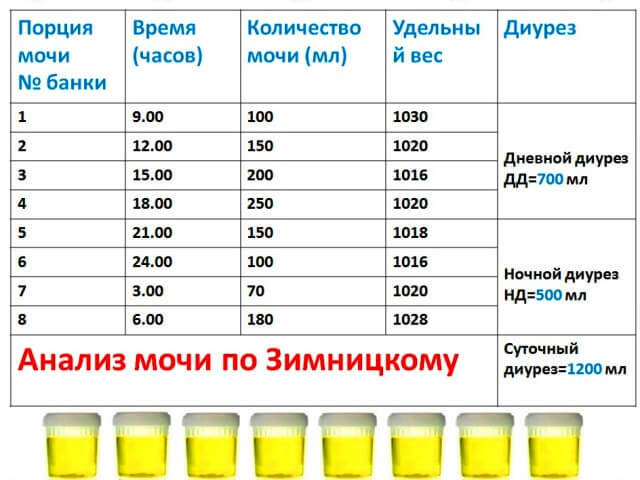
Ambourge and Addis Kakowski assay
The Ambourger assay helps the physician to perform differential diagnosis of diseases of the genitourinary system . The method allows to estimate the share of erythrocytes, leukocytes, and cylinders.
Before the collection of urine, hygienic procedures are carried out.It is necessary to prepare any one-liter glass or plastic utensils.For analysis, collect all the urine allocated in three to four hours.At this time a person can eat food and liquids as usual.
The Addis-Kakovsky test is also carried out for the differential diagnosis of diseases of the genitourinary system.During the analysis, the number of leukocytes, erythrocytes in the urine and their ratio are determined.To collect urine for the Addis-Kakovsky test on the day of urine sampling, you should definitely limit fluid intake.The exception is small children, they can consume liquid in the usual amount.
Urine is collected in a two-liter container.According to the doctor's instructions, urine is collected for twelve or twenty-four hours.Before going to bed, a person empties the bladder into the toilet.In the morning( after 10-12 hours), it is necessary to urinate in the prepared container and take the dishes to the laboratory.
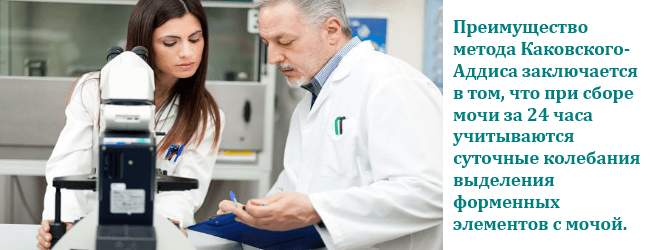
Daily urine analysis
Daily urine volume must be collected for further biochemical analysis of urine, Romberg sample.At the time of the selection of urine, one should observe an ordinary, habitual drinking regimen.
Urine is collected for the whole day.The first morning urine is not taken away, but descended into the toilet.All further urine is collected in pre-prepared utensils with a volume of up to three liters of .The container must be stored in the refrigerator.
After the daily urine was collected, its volume is measured and recorded.Further, the liquid is mixed in a jar and 100-150 ml of urine is poured into the container.This container is taken to the laboratory.
Two-glass, three-glassed sample
Two- and three-glassed samples are conducted to determine the localization of the inflammatory process of .Portion collected in the first glass gives information on the state of the urethra, in the second glass - on the kidney and ureter, the third - on the bladder and prostate.
Urine collection is performed in one morning urination.Urine immediately begin in the first glass( container), the middle portion of the urine is collected in the second glass, complete the urination in the third glass.With a two-glassed sample, stop urinating in the toilet bowl.Glasses must be pre-signed.
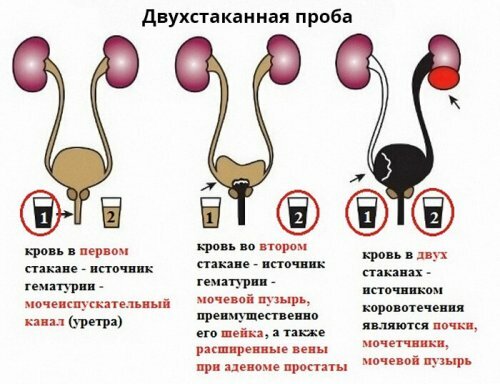
Urine bacteriology
To determine the bacteria that caused inflammation in the urinary organs and the correct selection of the antibiotic, a urine test tank is performed. Before collecting urine, the external genitalia are cleaned well without antiseptics, wiped with a clean towel.It is advisable to collect urine in the morning. Collect the average portion only in a sterile container. During urination, do not touch the perineal skin container.For research, a small amount of urine - 10 ml.
Urine collection in infants
Urine collection in small children is accompanied by certain difficulties.The child, of course, pisses off the clock, so mother should have a container close at hand.Often babies urinate after awakening or feeding, this will be a hint for the parents.You can also go with the baby to the bathroom and there to open the tap with running water.The sound of running water can cause the child to urinate.
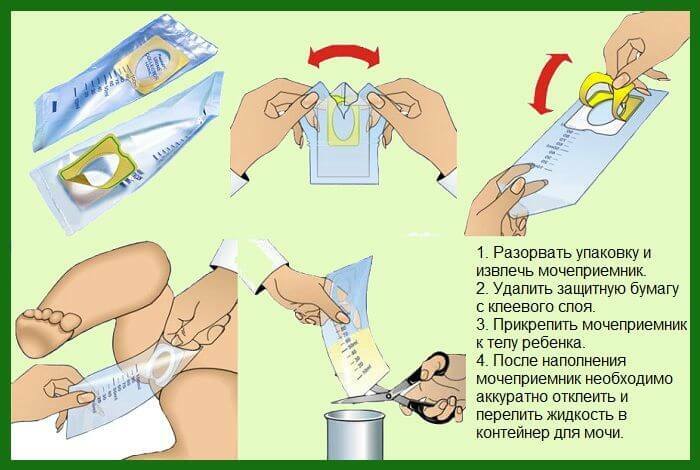
In addition, you can purchase a sterile urine sampler for children in the pharmacy.This is a small plastic bag with a hole .Mochesbornik fastens between the legs of the baby with a sticky tape.After the child completes urination, the mother must pour urine from the package into the container.It goes without saying that you must wash your child before collecting urine.
Grigorova Valeria, medical reviewer

